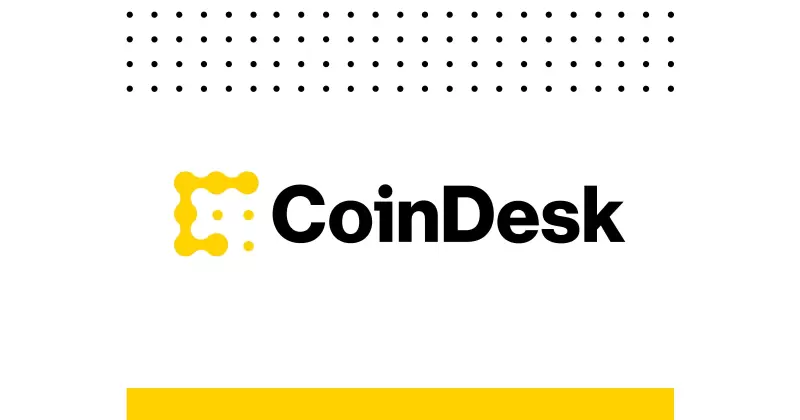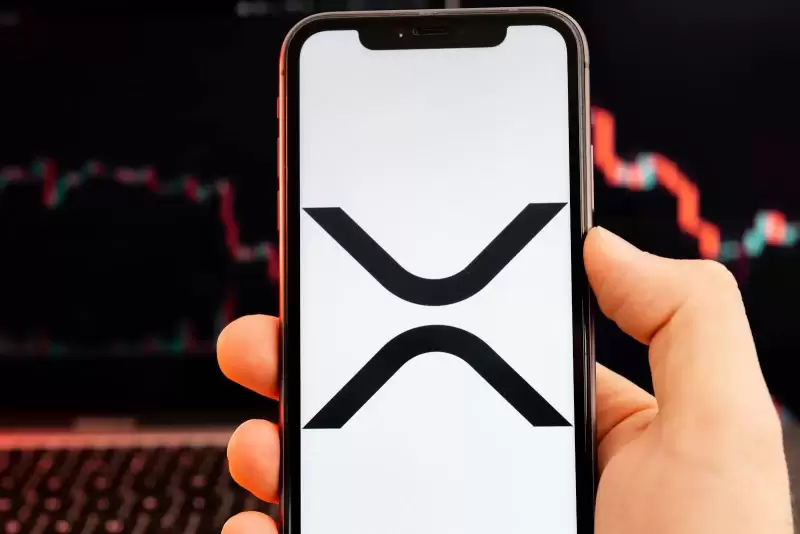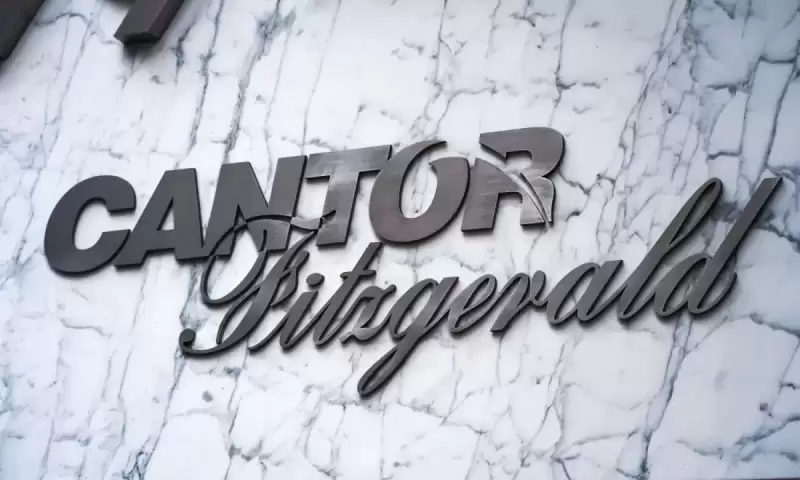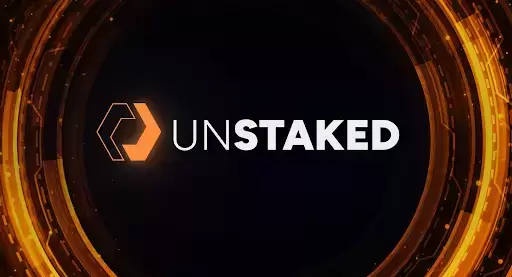 |
|
 |
|
 |
|
 |
|
 |
|
 |
|
 |
|
 |
|
 |
|
 |
|
 |
|
 |
|
 |
|
 |
|
 |
|
ナノ秒スケールのレーザー誘導変換プロセスにおける一般的に時間のかかるアクティブ材料合成とカソード調製を統合するこの手法は、印刷可能な電気化学エネルギー貯蔵装置の将来の工業生産に革命をもたらすように設定されています。
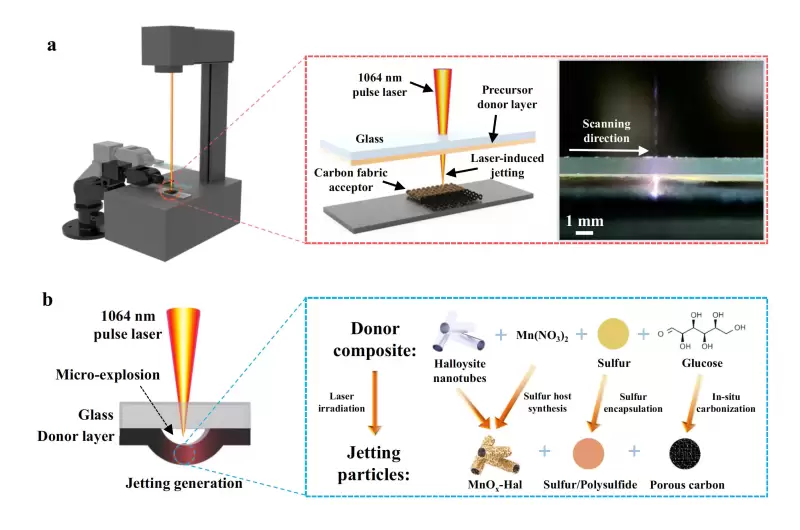
A research team has developed an innovative single-step laser printing technique to accelerate the manufacturing of lithium-sulfur batteries. Integrating the commonly time-consuming active materials synthesis and cathode preparation in a nanosecond-scale laser-induced conversion process, this technique is set to revolutionize the future industrial production of printable electrochemical energy storage devices. The team was led by Prof. Mitch Li Guijun, Assistant Professor from the Division of Integrative Systems and Design at the Hong Kong University of Science and Technology (HKUST).
研究チームは、リチウム硫黄電池の製造を加速するための革新的なシングルステップレーザー印刷技術を開発しました。ナノ秒スケールのレーザー誘導変換プロセスにおける一般的に時間のかかるアクティブ材料合成とカソード調製を統合するこの手法は、印刷可能な電気化学エネルギー貯蔵装置の将来の工業生産に革命をもたらすように設定されています。チームは、香港科学技術大学(HKUST)の統合システムおよび設計部門の助教授であるミッチ・リー・ギジュン教授が率いていました。
The findings of this study are published in the journal Nature Communications.
この研究の結果は、Nature Communications誌に掲載されています。
Lithium-sulfur batteries are expected to supersede existing lithium-ion batteries due to sulfur cathodes' high theoretical energy density. To ensure the rapid conversion of sulfur species, these cathodes are typically composed of active materials, host materials (or catalysts), and conductive materials.
リチウム硫黄電池は、硫黄カソードの高い理論的エネルギー密度により、既存のリチウムイオン電池に取って代わると予想されます。硫黄種の急速な変換を確保するために、これらのカソードは通常、活性材料、宿主材料(または触媒)、および導電性材料で構成されています。
However, the fabrication of host materials and preparation of sulfur cathodes often involves complicated, multistep, and labor-intensive processes that require varying temperatures and conditions, raising concerns about efficiency and cost in industrial production.
ただし、宿主材料の製造と硫黄カソードの調製には、多くの場合、さまざまな温度と条件を必要とする複雑な、多段階、および労働集約的なプロセスが含まれ、工業生産の効率とコストに関する懸念が高まります。
To overcome these challenges, Prof. Li's team developed a novel single-step laser printing technique for the rapid manufacturing of integrated sulfur cathodes. During this high-throughput laser-pulse irradiation process, the precursor donor is activated, producing jetting particles that include in-situ synthesized halloysite-based hybrid nanotubes (host material), sulfur species (active material), and glucose-derived porous carbon (conductive component). The mixture is printed onto a carbon fabric acceptor, forming an integrated sulfur cathode. Notably, the laser-printed sulfur cathodes demonstrate outstanding performance in both coin and pouch lithium-sulfur cells.
これらの課題を克服するために、Li教授のチームは、統合された硫黄カソードの迅速な製造のための新しいシングルステップレーザー印刷技術を開発しました。このハイスループットレーザーパルス照射プロセス中に、前駆体ドナーが活性化され、in-situ合成されたハロイサイトベースのハイブリッドナノチューブ(宿主材料)、硫黄種(活性物質)、およびグルコース由来の多孔質炭素(導電性成分)を含む噴射粒子が生成されます。混合物をカーボンファブリックアクセプターに印刷し、統合された硫黄カソードを形成します。特に、レーザープリント硫黄カソードは、コインとポーチリチウム硫黄細胞の両方で優れた性能を示しています。
"Traditional manufacturing processes of a cathode/anode in ion battery usually contain the synthesis of active materials (sometimes combined with host material/ catalyst), the preparation of mixture slurry, and the assembly of cathode/anode," said Prof. Li.
「イオンバッテリーのカソード/アノードの従来の製造プロセスには、通常、活性材料の合成(宿主材料/触媒と組み合わされることもあります)、混合スラリーの調製、およびカソード/アノードのアセンブリが含まれています」とLi教授は述べています。
"These steps are usually carried out separately under different temperatures and conditions because the materials behave differently. As a result, the whole process can take tens of hours or even several days."
「これらの手順は通常、材料が異なる動作をするため、異なる温度と条件の下で個別に実行されます。その結果、プロセス全体に数時間または数日かかる場合があります。」
Prof. Li said, "Our newly developed laser-induced conversion technology offers a way to combine these processes into a single step at nanosecond speeds. The printing speed can achieve about 2 cm2/minute using only a single beam laser. A 75 × 45 mm2 sulfur cathode can be printed within 20 minutes and supply power for a small screen for several hours when assembled into a lithium-sulfur pouch cell."
Li教授は、「新しく開発されたレーザー誘導変換技術は、これらのプロセスをナノ秒速度で単一のステップに結合する方法を提供します。印刷速度は、単一のビームレーザーのみを使用して約2 cm2/分を達成できます。
Dr. Yang Rongliang, the first author of this work and former postdoctoral fellow at HKUST, added, "These intriguing findings generated from our study on laser-material interaction. The laser-induced conversion process can be characterized as an ultra-concentrated thermal phenomenon. The irradiated materials undergo a complex transient heating and cooling process, with theoretical transient temperatures reaching up to thousands of degrees Kelvin.
この作品の最初の著者であり、HKUSTの元ポスドク研究員であるYang Rongliang博士は、「レーザー材料相互作用に関する研究から生成されたこれらの興味深い発見。レーザー誘導変換プロセスは、超濃縮熱現象型として、照射された材料が普通に浸透した材料を介して、超濃縮材料を摂取していると、超濃縮材料を介して、超濃縮熱現象の材料を介して、レーザー誘導変換プロセスを介して、レーザー誘発性の魅力的な材料に至るまで拡張されていると特徴づけていると付け加えました。学位ケルビン。
"The precursor materials decompose, and the decomposed particles recombine to form new materials. This ultra-concentrated thermal process not only enables the formation and combination of materials with different natures, but also drives the concomitant micro-explosions that facilitate the jetting and transferring of forming particles."
「前駆体材料は分解し、分解された粒子が再結合して新しい材料を形成します。この超濃縮熱プロセスは、異なる性質を持つ材料の形成と組み合わせを可能にするだけでなく、形成粒子の噴射と転送を促進する付随する微小爆発を促進します。」
More information: Rongliang Yang et al, Single-step laser-printed integrated sulfur cathode toward high-performance lithium–sulfur batteries, Nature Communications (2025). DOI: 10.1038/s41467-025-57755-0
詳細:Rongliang Yang et al、シングルステップレーザー印刷された統合硫黄カソード高性能リチウム - 硫黄電池、自然通信(2025)。 doi:10.1038/s41467-025-57755-0
免責事項:info@kdj.com
提供される情報は取引に関するアドバイスではありません。 kdj.com は、この記事で提供される情報に基づいて行われた投資に対して一切の責任を負いません。暗号通貨は変動性が高いため、十分な調査を行った上で慎重に投資することを強くお勧めします。
このウェブサイトで使用されているコンテンツが著作権を侵害していると思われる場合は、直ちに当社 (info@kdj.com) までご連絡ください。速やかに削除させていただきます。
-

-

-

-

-

-

- 「超資格のある投資家」のための暗号通貨交換を開始するロシア
- 2025-04-24 07:15:12
- ロシアの財務省とロシア銀行は、超資格のある投資家専用に設計された暗号通貨取引所を共同で開始する予定です
-

-

- コンテンツコインは何かですか?
- 2025-04-24 07:10:13
- 伝説のヘッジファンドマネージャーであるレイ・ダリオは、厳しい警告を発しました。世界的な金融命令がリアルタイムで故障しているのを見ています。
-






















































